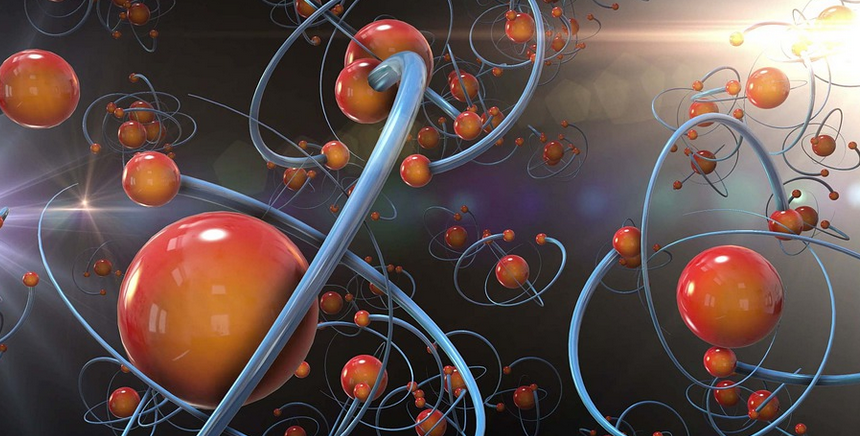Introduction
Chemical weapons are defined as any toxic chemicals that can cause death, injury, or harm to humans, animals, or plants. These deadly chemicals have been used in wars, conflicts, and terrorist attacks. In this article, we will explore some examples of chemical weapons and their effects.
Types of Chemical Weapons
Nerve Agents
Nerve agents are one of the most deadly chemical weapons. These agents attack the nervous system and can cause convulsions, respiratory failure, and death. Examples of nerve agents include sarin, soman, and VX.
Mustard Gas
Mustard gas is a blistering agent that causes severe skin burns and respiratory problems. This chemical weapon was widely used during World War I.
Chlorine Gas
Chlorine gas is a choking agent that causes severe damage to the respiratory system. This chemical weapon was used during World War I and is still used today in industrial accidents and terrorist attacks.
Effects of Chemical Weapons
Immediate Effects
The immediate effects of chemical weapons include burning eyes, skin irritation, and difficulty breathing. Nerve agents can cause seizures, convulsions, and loss of consciousness.
Long-term Effects
The long-term effects of chemical weapons can include cancer, birth defects, and chronic respiratory problems. Exposure to chemical weapons can also cause psychological trauma.
International Laws
The use of chemical weapons is prohibited under international law. The Chemical Weapons Convention, which was signed by most countries, bans the production, stockpiling, and use of chemical weapons.
Conclusion
Chemical weapons are a serious threat to public health and safety. The use of these deadly chemicals is prohibited under international law. Governments around the world must take steps to prevent the production and use of chemical weapons.

